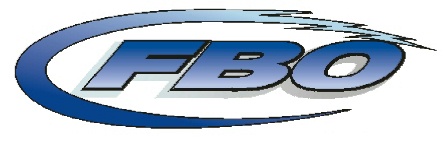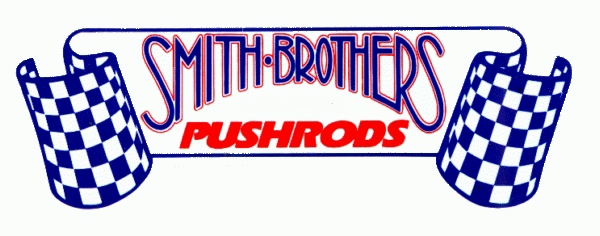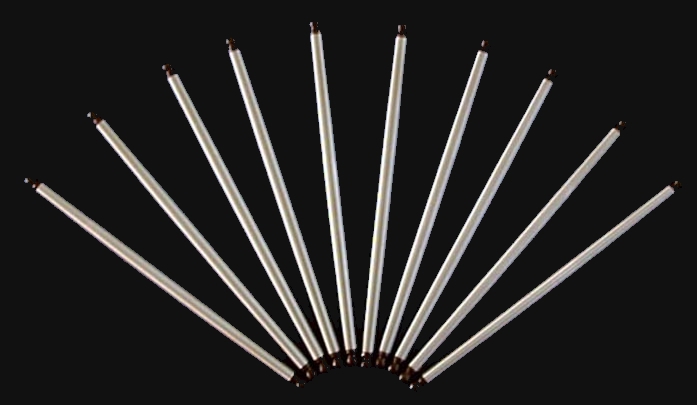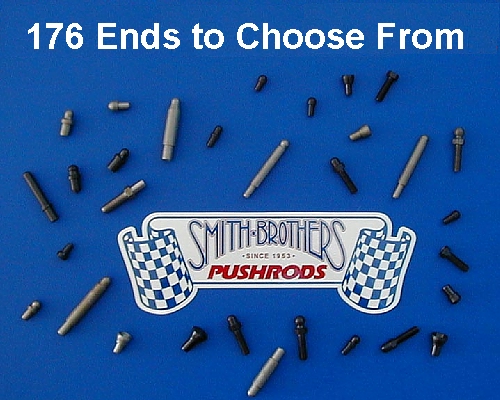


Smith Brothers Custom Pushrods-Impeccable strength-Impeccable service



541-942-5920
At Smith Brothers, we are always working with engine builders to supply the quality parts they need. Hardened tempered 4130 Chrome-Moly tube and heat treated ball & cup ends for high stress and extreme spring pressures. From Top Fuel to Tractor Pulls and all forms in between, Smith Brothers evolves with the racing industry to continue to offer the strength and durability that is needed in today's competition.

There are a few terms used in determining which pushrod would best fit your needs that would be beneficial for you to understand. One major factor for determining the correct tube diameter and wall thickness is "open spring pressure". Open spring pressure is the pressure in pounds exerted against the rocker when the valve is in the fully opened position. This pressure is also affected by rocker ratio, lifter type (hydraulic or solid), the angle between the lifter to pushrod and pushrod to rocker and the normal operating RPM of your engine. Generally we will ask you what your open spring pressure is which you can usually find out from the manufacturer of your valve springs. If they are stock replacement valve springs, you wonít need the spring pressure information. Just let us know they are stock.
Determining which ball and/or cup you require is also very important. We will quiz you to help us determine what ends you need. Again, if everything youíre using is stock, we can usually determine what you require. When after-market lifters and/or rockers are used, the size/type/style of end you need could vary. The best way of determining the correct radius (curve) of an end is utilizing a set of gauges called "radius gauges". Most machine shops have these but very few home hobbyistís do. One way to determine, on a ball and cup style, whether the ball and cup are the same radius is to take two pushrods that you know are correct and put the ball end of one into the cup end of the other and check the fit. In some cases, the best way to get the correct ends for your project is to send us a sample. We will then measure the length and end radius and make you pushrods that are certain to be correct.
This is one of the hardest measurements to determine. Because of varying valve train geometry, determining the correct length pushrod is a science unto itself. First, letís tackle some terminology. Thereís "overall length", which is the length measured from the extreme end to end. This is from the very end of the ball end to the very end of the other ball end or cup end as the case may be. A couple factors affect this measurement. One being that if the pushrod being measured has oil holes in it then the measurement could be off by the amount that the machining of the oil hole subtracted from the overall length of the end. This usually doesnít adversely affect the length depending on the diameter of the hole. The actual measurement if there were no oil holes in the ends is called the "theoretical length". Donít let this confuse you because the difference is usually very slight. A problem of more significance is when you measure a cup and ball style pushrod. Measuring the overall length of this style can give erroneous information as the cup depth from one manufacturer to another can and does vary by as much as .060 inch. (Read as 60 thousandths of an inch) If you do know the overall length and have a caliper to measure the cup depth then this measurement will work. The measurement from the bottom of the cup to the end of the ball is called the "effective length". Knowing this length is more accurate as the cup depth differences wonít be a factor. One way to determine effective length is by placing a steel ball (the correct diameter for the cup) into the cup and using a caliper, measure the overall length then subtract the steel ballís diameter. This will give you the length from the bottom of the cup to the end of the ball. Weíre sure questions will arise so please donít hesitate to contact us for assistance.

541-942-5920